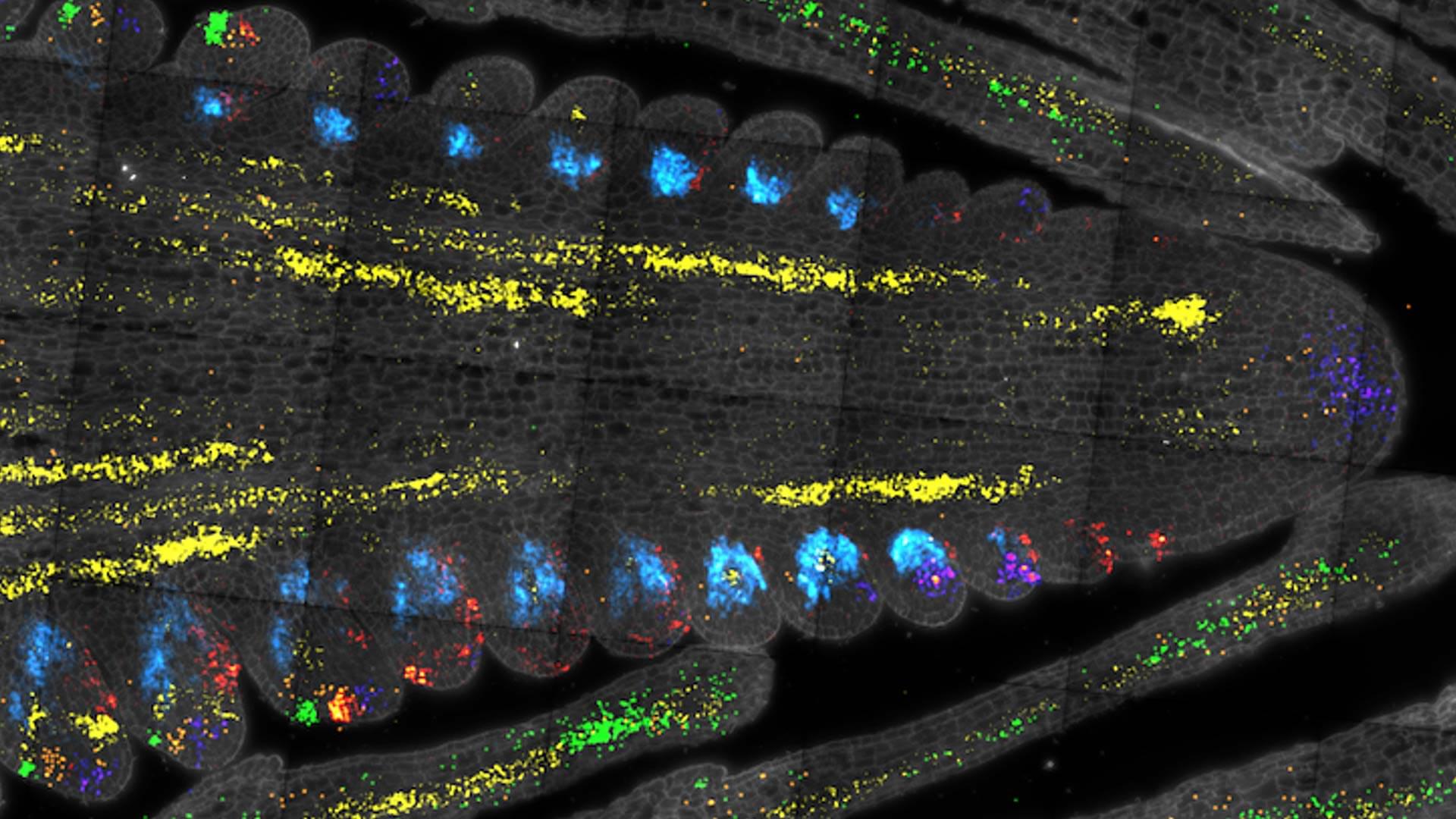The Hubble Space Telescope has released a new Picture of the Week, and this time the spotlight is on a galaxy that refuses to fit neatly into any category. The subject, known as NGC 2,775, is located about 67 million light-years away in the constellation Cancer (The Crab). At its center lies a smooth, gas-free core that looks strikingly similar to an elliptical galaxy. Surrounding it, however, is a dusty ring sprinkled with uneven clusters of young stars, giving it the appearance of a spiral galaxy. So what is it exactly: spiral, elliptical — or something in between?
Because astronomers can only observe NGC 2,775 from a single perspective, its true nature remains uncertain. Some scientists argue that it should be considered a spiral galaxy due to its delicate ring of dust and stars. Others, however, classify it as a lenticular galaxy, a transitional type that shares characteristics of both spirals and ellipticals.







